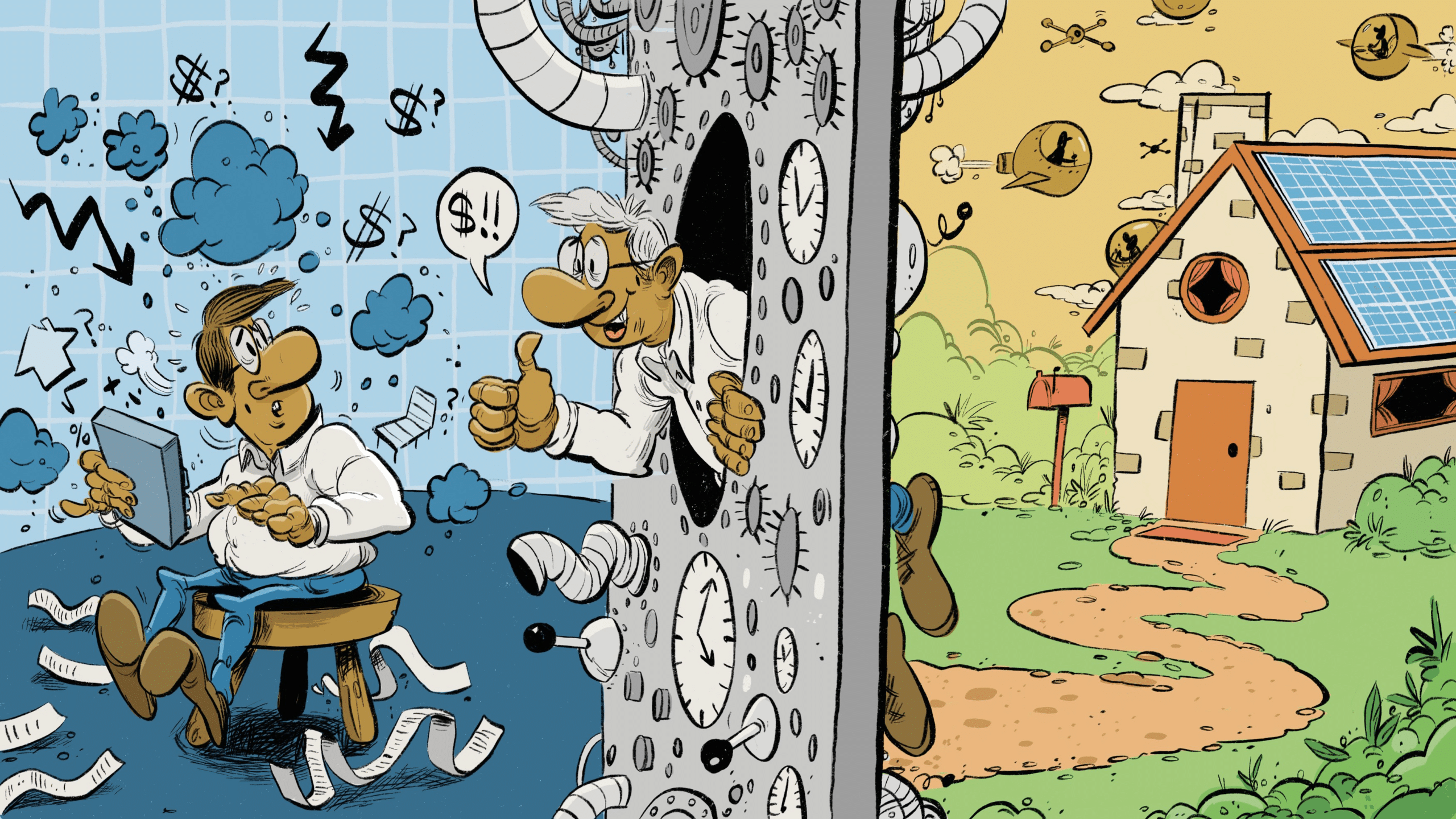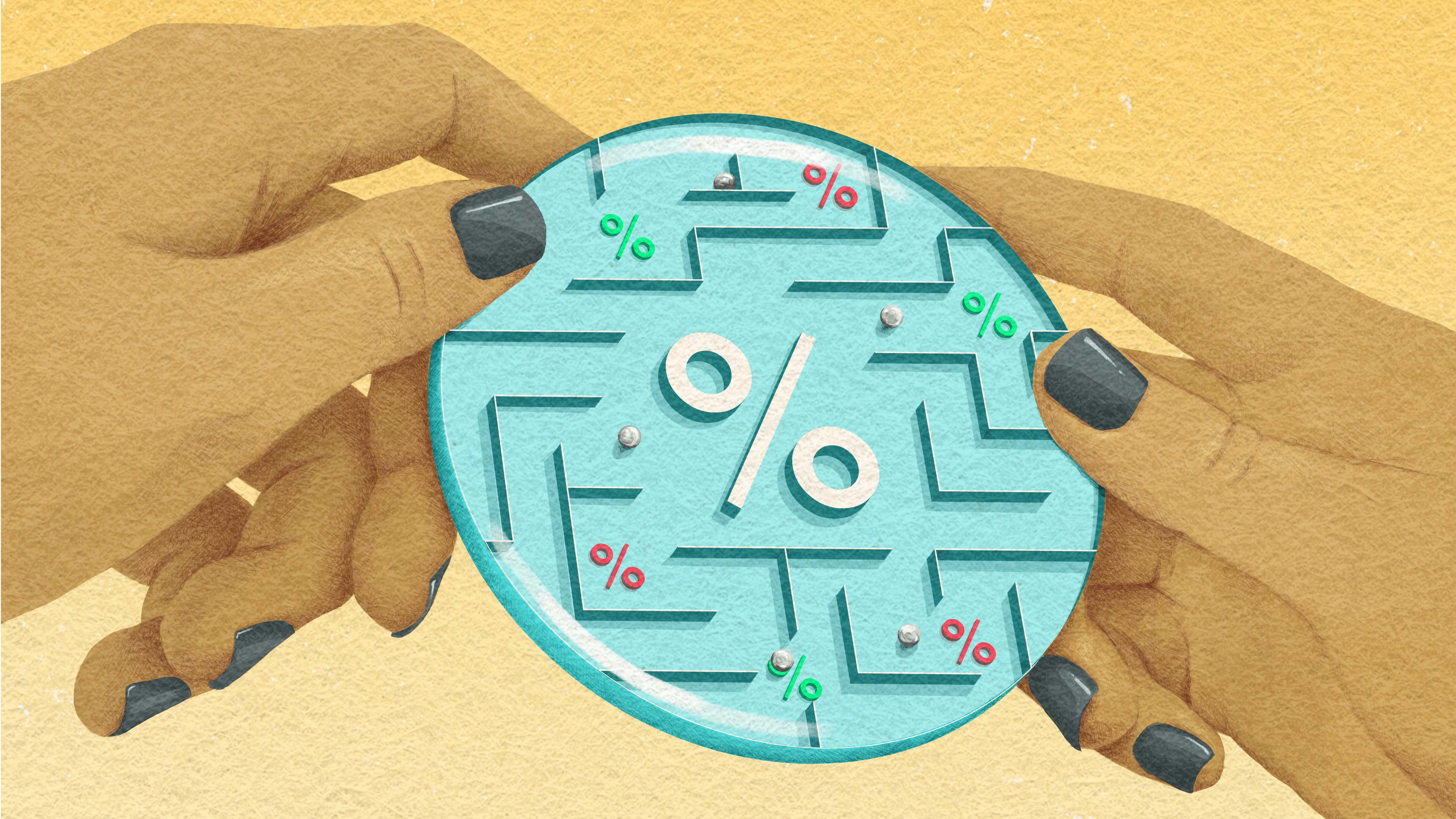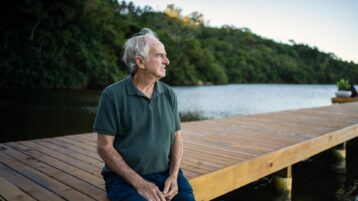
What’s the difference between an FHSA, a TFSA and an RRSP?
For many Canadians, buying a home is a huge milestone, but it’s not easy. Those saving for a down payment may have heard about Canada’s new First Home Savings Account. Here’s an explainer to help you understand how it differs from other registered plans and accounts.
On April 1, 2023, the federal government launched a new registered savings plan, the First Home Savings Account (FHSA), which allows eligible first-time home buyers to save for a home tax-free. Like many Canadians, you may have questions about how the new account works, how it differs from existing registered plans and, ultimately, whether or not the FHSA could be right for you.
To help you decide, we’ve compiled a quick guide.
What is an FHSA?
The new First Home Savings Account is a registered plan that could be seen as a hybrid version of a Registered Retirement Savings Plan (RRSP) and a Tax-Free Savings Account (TFSA), for the purpose of buying a first home. For example, like a TFSA, the FHSA allows your savings to grow tax-free without having to pay tax when making a withdrawal to purchase a home.1 At the same time, like an RRSP, funds contributed to an FHSA are generally tax-deductible — meaning that you can claim an income tax deduction for your eligible contributions each taxation year. Unlike RRSPs, contributions that you make to your FHSA during the first 60 days of the year are not deductible on your previous year’s income tax and benefit return. You also cannot claim a tax deduction for any FHSA contributions that you make after your first withdrawal.
What are the rules?
To be eligible to open an FHSA, you must be between the ages of 18 and 71 years, be a resident of Canada and be considered a “first-time home buyer.”2 To be considered a first-time home buyer means you have not lived in, as your principal place of residence, a home that you own or co-own in the year you plan to open the FHSA or at any point in the preceding four years.3
$8,000
How much you can contribute annually to the new First Home Savings Account (FHSA), to a lifetime limit of $40,000.4
What if you have a partner?
Here’s an example where the definition of first-time homebuyer can get tricky: Are you prevented from getting an FHSA if your partner or spouse is a homeowner? If your spouse or partner owns a home (for instance, through an inheritance or through a previous marriage) but you are not the co-owner and you do not live in the home, and have not lived in it at any point in the preceding four years, you may be considered a first-time home buyer for the purpose of opening an FHSA to purchase a (separate) home. But if you are not a co-owner with your spouse or partner but are living in their home, you will be considered ineligible to open an FHSA.
Additionally, if you lived in a home owned by your spouse or common law partner during the relevant time, but the individual is no longer your spouse at the time the account is opened, you may be considered a first-time home buyer.
How much can you contribute?
An FHSA account holder can contribute up to $8,000 to their FHSA each year, up to $40,000 during the Maximum Participation Period (defined below). This contribution room begins accumulating once an account is opened, even if you don’t begin making contributions right away. Note: You can only carry forward a maximum of $8,000 in unused contribution room to the following year for a maximum yearly contribution of $16,000.5
Contributions may be made with cash or with funds transferred from your RRSP. However, if you transfer funds from your RRSP, these amounts are not tax-deductible and will affect your FHSA contribution room. Unlike some types of registered accounts, an FHSA can only be held until December 31 of the year in which the earliest of the following occurs (known as the Maximum Participation Period): the 15th anniversary of opening your first FHSA, the year you turn 71 or the year following your first qualifying withdrawal.
What if you don’t buy a home?
If you do not make a purchase within that period, you must close your FHSA and the fair market value in the plan will be taxable income. Alternatively, you may directly transfer your savings to your RRSP or Registered Retirement Income Fund (RRIF) before you close your FHSA.6 Your tax consequences will depend on your personal circumstances.
If you are a couple looking to purchase a home, it’s important to note that both you and your partner must open your own FHSAs, provided you each qualify individually. As a couple, you can both use your FHSA withdrawals for the same home purchase.1
What’s the difference between an FHSA, a TFSA and an RRSP?
FHSA account holders enjoy many of the same perks offered by a TFSA or an RRSP.
For example, TFSA holders generally enjoy tax-free withdrawals at any time, but don’t receive a tax deduction for their contributions. Conversely, RRSP holders can claim their contributions against their income, but must pay tax on withdrawals, except in instances like the Home Buyers’ Plan (HBP). With an FHSA, qualifying withdrawals are tax-free. Contributions to your FHSA are generally tax-deductible.
What’s the difference between an RRSP Home Buyers’ Plan withdrawal and a qualifying withdrawal from an FHSA?
Although both the HBP and the FHSA may be available to help you fund the purchase of a home, the HBP only allows you to borrow money from your RRSP — you’ll be required to pay it back within 15 years. When you make a withdrawal from your FHSA, you are not required to pay it back to your FHSA.1 You can also participate in both the HBP and make a withdrawal from your FHSA for the same home, as long as you meet all requirements at the time of each withdrawal.
FHSAs, TFSAs and RRSPs all have benefits and drawbacks depending on your personal situation and you may be able to use a combination of accounts to help achieve your specific financial goal. Here are some other key differences and similarities to know when you’re saving to buy a home:
| FHSA | RRSP | TFSA | |
| How does it help me buy a house? | Invest your eligible contributions and use them for purchasing a home. | Withdraw from your RRSP and use the amount towards your home purchase under the Home Buyers’ Plan.7 You can borrow up to $35,000 from your existing RRSP, but the borrowed funds must be paid back within 15 years. | Invest your eligible contributions and use them for a home purchase (or anything else you want). |
| What are the contribution rules? | $8,000 is the annual contribution limit. Carryforward rules apply.4 $40,000 lifetime contribution limit during the Maximum Participation Period. | The lesser of 18% of your previous year’s income or the current fixed contribution limit; Either $29,210 for 2022 or $30,780 for 2023. You carry forward any unused contribution room from the year before.8 No lifetime contribution limit. | $6,500 is the annual contribution limit for 2023. You carry forward unused contribution room from the year you turn 18 or from the year you become a permanent Canadian resident. No lifetime contribution limit. |
| Who’s eligible to open an account? | Canadian residents 18 years or older (but not more than 71 years.)2 | Canadian residents (for tax purposes) up to the end of the year they turn 71, who have earned income and filed an income tax and benefit return. | Canadian residents 18 years or older who have a valid SIN. There is no upper age limit to hold a TFSA, unlike an FHSA and an RRSP.2 |
| Will I get a tax deduction on eligible contributions? | Eligible contributions are tax-deductible (except on transfers into your FHSA from your RRSP). | Eligible contributions are tax-deductible (except on transfers into your RRSP from your FHSA). | No. Contributions are not tax-deductible. |
| Key Advantages | Funds in the account grow tax-free, which could mean more money for a qualifying home purchase. You may also be able to transfer funds tax-free from your FHSA to an RRSP or RRIF in your name.9 | Funds can be used towards the purchase of a home under the HBP. Investments can grow within the plan tax-deferred. | Funds in the account grow tax-free and you can use the value of the account for anything you like, including towards the purchase of a home. |
| Limitations | An FHSA can only be held until December 31 of the year in which the earliest of the following occurs: the 15th anniversary of opening your first FHSA, the year you turn 71 or the year following your first qualifying withdrawal. | Under the HBP, any RRSP withdrawal used to buy or build a qualifying home must be returned to your RRSP within 15 years. Repayment begins the second year after the year when you first withdrew funds. | Contributions made to a TFSA are not tax-deductible. |
FAQs
Can I give my children funds to open their own FHSA?
You may give funds to your children to contribute to their FHSA, but you will not be able to open an account on their behalf or contribute the funds directly to their account. Each person seeking to open an FHSA must meet the FHSA eligibility requirements.
If I owned a house but sold it 10 years ago and have been renting a home since then, am I eligible to open an FHSA?
If you are currently renting, you could be eligible to open an FHSA provided you meet all eligibility requirements. These include being a first-time home buyer where you, your spouse or common-law partner (at the time the account is opened) did not own or jointly own and live in a home in Canada as your principal place of residence. You must meet the eligibility requirements in the current calendar year before the FHSA is opened or at any time in the preceding four calendar years.
If I open an FHSA but don’t make a withdrawal before my Maximum Participation Period ends, what happens to my contributions?
If you don’t make a withdrawal within the Maximum Participation Period, you must close your FHSA. To avoid unintended tax consequences, you could consider directly transferring your FHSA amount to your RRSP or RRIF before the Maximum Participation Period for your FHSA ends. You may also withdraw the funds from your FHSA as a taxable withdrawal, which must be included as income on your income tax and benefit return for the year the amount is withdrawn.
Ultimately, the FHSA can be of value for eligible Canadians looking to save for a qualifying home in a tax-free way. If you have questions about whether or not an FHSA is right for you, consider speaking to an advisor.
TAMARA YOUNG
MONEYTALK
ILLUSTRATION
DANESH MOHIUDDEN
1. For a qualifying FHSA withdrawal, you must be a first-time home buyer; you must have a written agreement to buy or build a qualifying home with the acquisition or construction completion date of the qualifying home before October 1 of the year following the date of the withdrawal; you must not have acquired the qualifying home more than 30 days before making the withdrawal; you must be a resident of Canada from the time that you make your first qualifying withdrawal from one of your FHSAs until the earlier of the acquisition of the qualifying home, or the date of your death; you must occupy or intend to occupy the qualifying home as your principal place of residence within one year after buying or building it. For the purposes of this article, if not otherwise indicated, a reference to “withdrawal” shall mean one that meets all qualifying withdrawal conditions; a “home purchase” shall mean one that meets all qualifying conditions.
2. In certain provinces and territories, the legal age at which an individual can enter into a contract, including opening a FHSA, is 19. You must be at the age of majority in your province of residence and provide a valid Social Insurance Number (SIN).
3. For the purpose of opening an FHSA you will be considered to be a first-time home buyer if you did not, at any time in the current calendar year before the account is opened or at any time in the preceding four calendar years, live in a qualifying home (or what would be a qualifying home if located in Canada) as your principal place of residence that either: you owned or jointly owned, or your spouse or common-law partner (at the time the account is opened) owned or jointly owned.
4. You can carry forward your unused FHSA participation room at the end of the year, up to a maximum of $8,000, to use in the following year. This amount is referred to as your FHSA carryforward. Any FHSA carryforward will be included in the calculation of your FHSA participation room for the year.
5. For instance you can contribute $5,000 to your FHSA in Year 1 and then $11,000 ($8,000 yearly contribution limit + the remaining $3,000 from the year before) in Year 2.
6. A direct transfer is a transfer completed directly between the financial institutions of the two plans or accounts involved. To complete a direct transfer, you must fill out a transfer form and give it to your financial institution.
7. Certain conditions must be met in order to be eligible to participate in the HBP, including the following: you must be considered a first-time home buyer; you must have a written agreement to buy or build a qualifying home, either for yourself or for a related person with a disability; you must be a resident of Canada when you withdraw funds from your RRSPs under the HBP and up to the time a qualifying home is bought or built; you must intend to occupy the qualifying home as your principal place of residence within one year after buying or building it. If you help a related person with a disability to buy or build a qualifying home, you must intend that the related person with a disability occupies the qualifying home as their principal place of residence. In all cases, if you have previously participated in the HBP, you may be able to do so again if your repayable HBP balance on January 1 of the year of the withdrawal is zero and you meet all the other HBP eligibility conditions.
A qualifying home under the HBP is a housing unit located in Canada. This includes existing homes and those being constructed. Single-family homes, semi-detached homes, townhouses, mobile homes, condominium units, and apartments in duplexes, triplexes, fourplexes, or apartment buildings all qualify. A share in a co-operative housing corporation that entitles you to possess and gives you an equity interest in a housing unit located in Canada, also qualifies. However, a share that only provides you with a right to tenancy in the housing unit does not qualify. For condominium units, you are considered to own the unit the day you are entitled to immediate vacant possession of it.
8. The CRA calculates your annual contribution limits based on unused RRSP deduction room at the end of the preceding year plus the lesser of 18% of your earned income in the previous year or the annual RRSP limit and other adjustments, where applicable. This can be found on the bottom of your latest Notice of Assessment or Reassessment or CRA MyAccount.
9. Each registered plan has different eligibility criteria, features and tax implications. For detailed tax information please speak to a tax advisor.
















